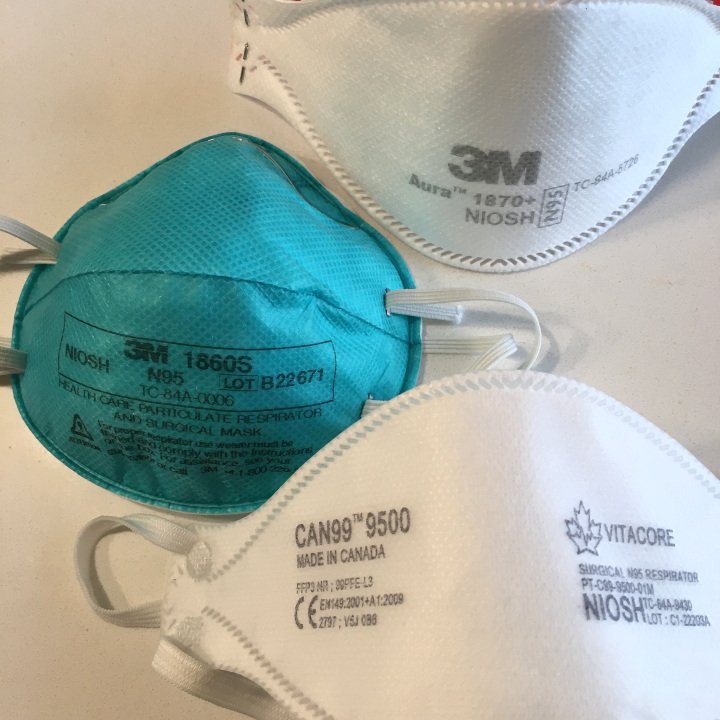The Centers for Disease Control and Prevention on Friday mothballed its longstanding COVID isolation guidance, announcing that people no longer need to isolate for five days after catching the coronavirus. Instead, per the CDC, they should stay home if they feel sick but can leave home and resume normal activities as soon as their symptoms are getting better and its been a day since they had a fever (without the help of fever-reducing medication). That means that the CDC is now both streamlining and simplifying its recommendations and advising people to treat their COVID infections like they would the flu or any other respiratory illness — even though the novel coronavirus is nothing like the flu or other common respiratory viruses.
Many public-health experts are backing the move, which is the first major change the CDC has made to the guidance since it reduced the isolation period from ten days to five in late 2021 and had been previewed last month in a report by the Washington Post. The CDC and the experts supporting the plan have noted that it makes sense for the agency to align its isolation guidance with how everyone is now living with COVID, four years after the start of the pandemic. That new normal is that COVID isn’t going away and people are still catching it, but the threat it poses and harm is causes continues to decline thanks to virtually everyone having some form of immunity owing to prior infection or the administration of widely available vaccines, in addition to the availability of effective life-saving antiviral treatments like Paxlovid.
